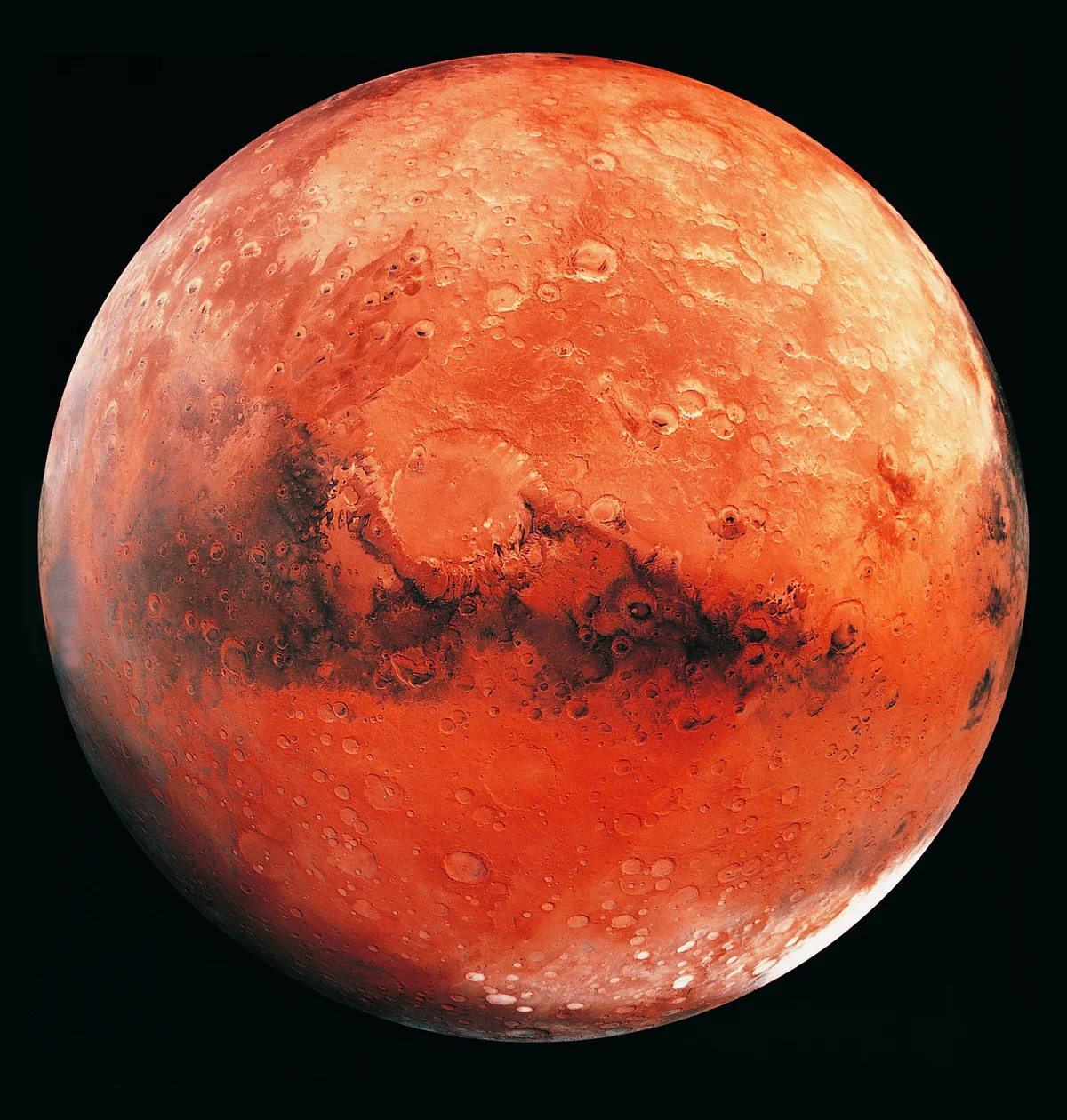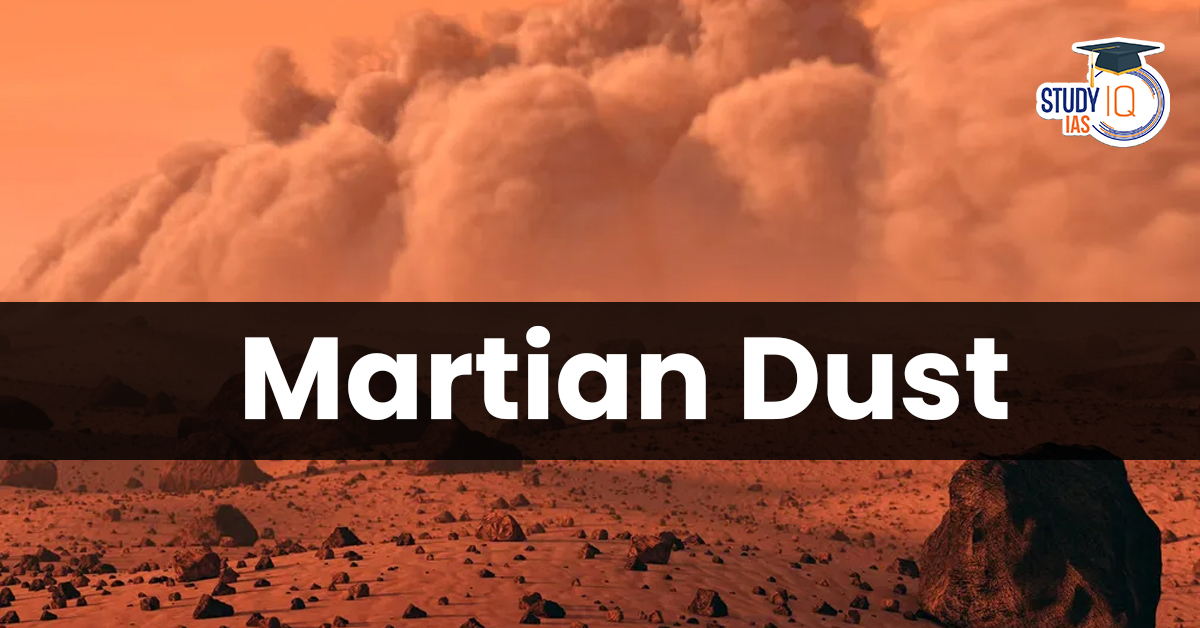Context: A recent study has highlighted the health risks posed by Martian dust to astronauts, as NASA and the Chinese Manned Space Agency (CMS) prepare for Mars missions in the next decade.
Martian Dust Characteristics and Risks
Size of Martian Dust Particles
- Extremely fine, only 4% the width of a human hair.
- Small enough to penetrate deep into the lungs and enter the bloodstream, making it more hazardous than larger particles.
- Dust particles on Mars are smaller than the minimum size that human lung mucus can expel, increasing the risk of lung diseases.

Toxic Components in Martian Dust
- Silica Dust: Known to cause silicosis, a lung disease common in coal miners.
- Iron Dust: This can lead to oxidative stress and lung damage.
- Perchlorates: Highly toxic chemicals that affect thyroid function.
- Gypsum: A calcium sulfate mineral that can cause respiratory irritation.
- Heavy Metals:
- Chromium (Cr): This can lead to lung diseases and toxicity.
- Arsenic (As): Known to cause poisoning and organ damage.
Radiation Exposure: Mars has no protective magnetic field, increasing radiation exposure.
Frequent Dust Storms: Mars experiences regional dust storms every Martian year (which lasts 98 Earth days).


 India’s Deep Sea Technology, Need and ...
India’s Deep Sea Technology, Need and ...
 Nag Anti-Tank Missile System (NAMIS)
Nag Anti-Tank Missile System (NAMIS)
 ESA’s Gaia Mission, Scientific Instrum...
ESA’s Gaia Mission, Scientific Instrum...





















